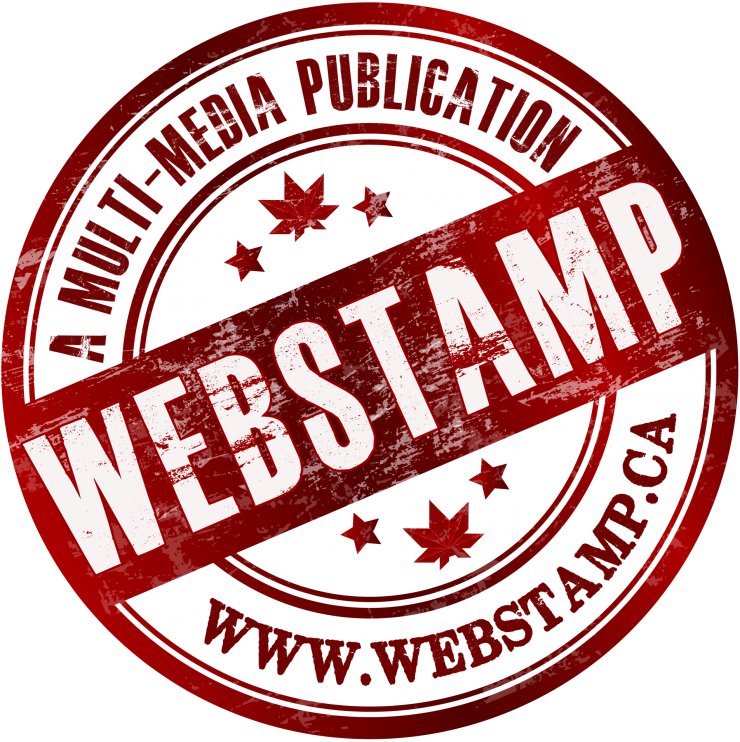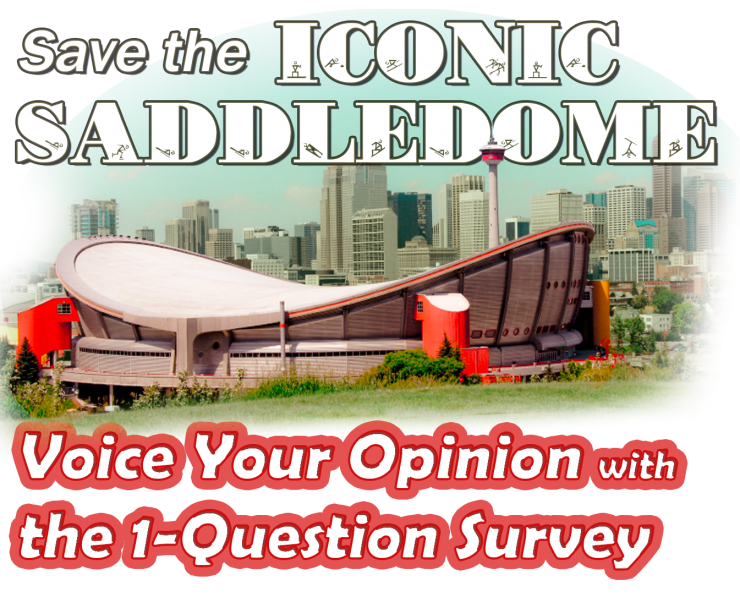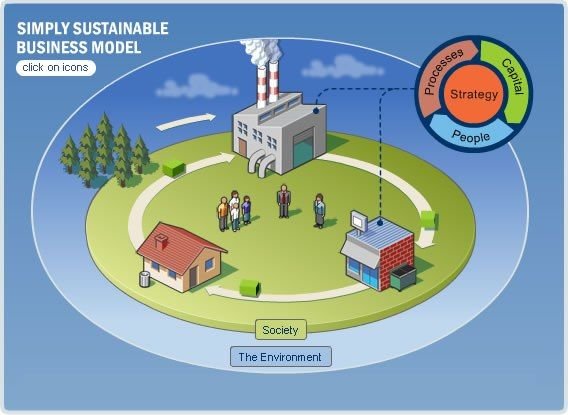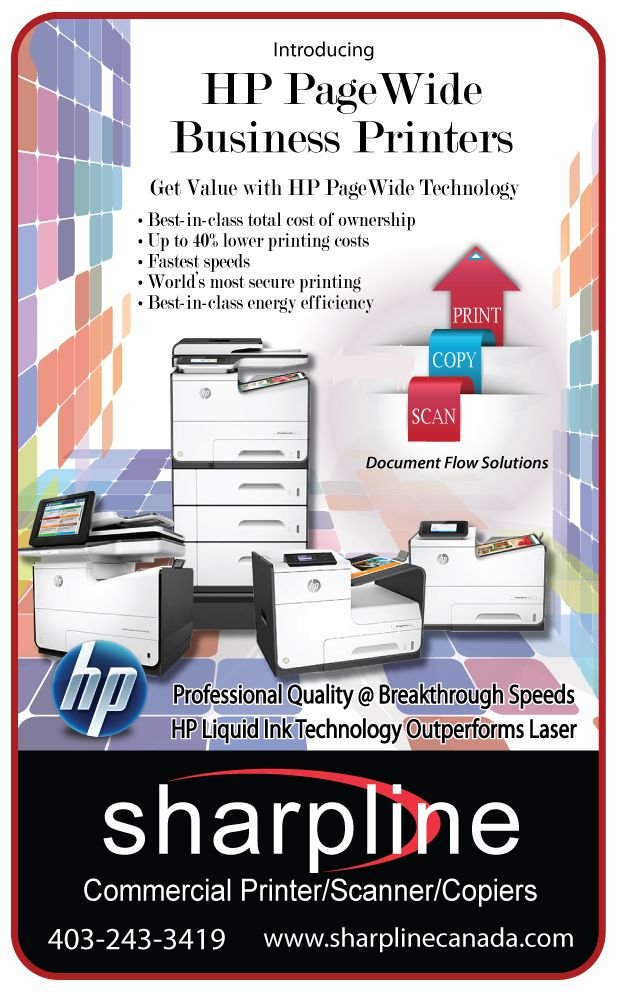WebStamp June 13, 2018
The Evolving Circular Economy
The current linear economic model from the last century, “take, make, dispose”, is becoming a burden on society. At the heart of the 20th Century industrial development was the reliance on large quantities of cheap and, easily accessible materials and energy. This model managed to have generated an unprecedented level of growth and prosperity along with an excessive use of natural resources and produced a large amount of excessive waste. The linear business model supporting the economic model is also experiencing increased spending on resources from shortages of supply. This effects the finances, efficiency, and production level of many businesses today.
Millennials are now entering the workforce and being better educated are aware of the many inefficiencies in the current economic model. A paradigm shift towards a more productive efficient way of doing businesses, preserving natural resources, and reusing formerly used resources is slowly evolving. Many European companies are embracing The Circular Economy Model to end the traditional ways in which we use resources with principles of sustainability, resource efficiency, and better product design.
The Circular Economy envisions the long life of products and materials, distributed between optimal manufacturing, reuse, refurbishment, remanufacturing and recycling of goods produced. The goal is to have a regenerative design that retains as much value as possible of products and parts produced with materials used. Products and services are traded in closed loops where a product’s lifecycle never end. What is required is the re-designing of products to use fewer materials and lasting longer, choosing bio-based inputs, and reusing or recycling waste and the item.
Business can greatly benefit from following the Circular Model. Through marketing in only remanufactured merchandise liberates businesses from the unpredictable rising cost uncertainties associated with using the World’s limited natural resources. A remanufactured product can be produced at a lower cost when the correct systems are set in place and working in unison. Companies are beginning to see the advantages and cost savings of designing with the entire lifecycle in mind. They are building products where end-of-life components can be easily divided to be remanufactured.
In the product’s circular lifecycle, we have many businesses, households and services involved. First, there is design and manufacturing by companies, which buy their components from other businesses. We follow with the retail market and off to the consumer who uses, reuses, repurposes, and finally recycles the product. The recycling recovers and sorts most of the materials which is sold to back to the manufacturers.
Producing recyclable sustainable products allows for improved efficiency and less confusion. Users feel they get better value from longer-lasting products that are easier to dispose of at the end-of-life leaving a smaller carbon footprint. The repurposing and recycling industries are in need of major expansion in successfully completing the circular lifecycle and can create new industries and jobs. In a circular economy, everyone works together and benefits the economy leaving a smaller ecological footprint.
Join the Evolving Circular Economy Movement and Make A Difference to our economy, the way we do business, and saving the environment. Do your part by only investing in eco-sustainable merchandise and practices and when you are finished with it, recycle it. Evolve the Circular Economy to its fullest potential.
Share This Article
References:
https://www.inc.com/maureen-kline/how-to-create-a-circular-economy.html
https://www.weforum.org/agenda/2017/01/5-things-leaders-can-do-to-create-a-truly-circular-economy/
https://www.greenbiz.com/article/ellen-macarthur-foundation-9-ways-design-circular-economy
http://www.gmfus.org/blog/2015/07/21/circular-economy-growth-model-21st-century
https://blog.prototypr.io/creating-circular-economies-3106d384a17e
http://www3.weforum.org/docs/WEF_ENV_TowardsCircularEconomy_ Report_2014.pdf
https://www2.mst.dk/Udgiv/publications/2016/06/978-87-93435-86-5.pdf
https://www.sciencedirect.com/science/article/pii/S2212827117301567

Articles in this Issue
Improving the Local Economy
by Connecting Calgarians
With their Communities
Join the M.A.D. Movement
Calgarians can continue to Make A Difference by simply making a M.A.D. Move by doing anything, no matter how small, that has a beneficial outcome. WebStamp encourages everyone to help stimulate the local economy by Buying Locally.



